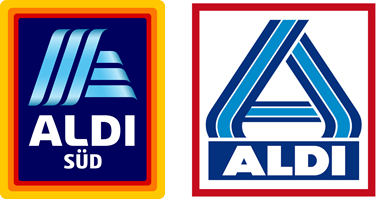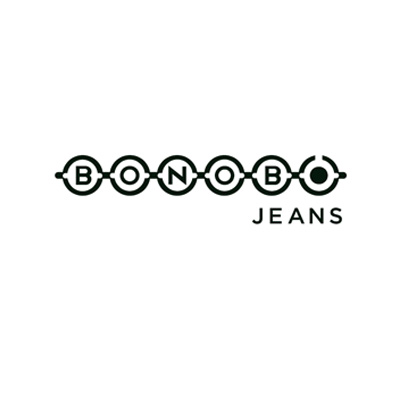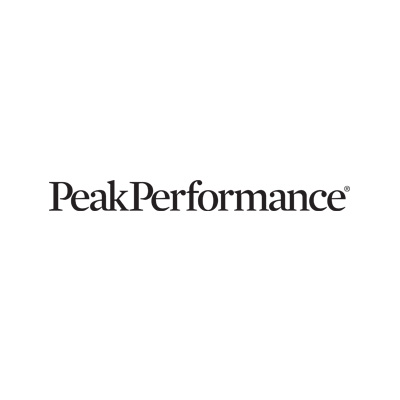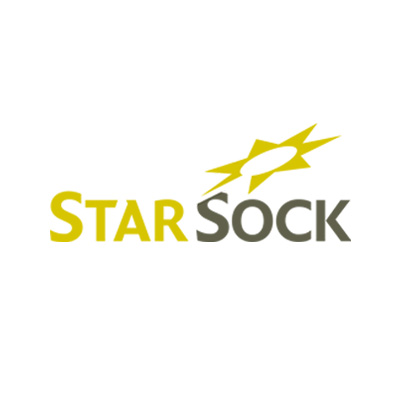Introduction
The aim: Leverage learnings and successes of the UK Sustainable Clothing Action Plan (SCAP) to reduce the impacts of carbon, water and waste of clothing sold on the European market, under the European Clothing Action Plan.
The expected outcome: Brands and retailers are switching from conventional fibres to source more sustainable fibres, helping to improve their fibre mix and reduce the overall environmental impact of the clothing being produced for and sold within the European market.
Why take action
Brands and retailers are not always aware of the environmental impact the clothing they are producing is having. By taking part in the programme, they have been able to calculate their impact and act to develop improvement strategies.
Key steps
This action area followed 6 key steps:
- Recruit European based apparel brands and retailers to take part in the programme
- Analyse production data for European sales (or orders) from participants to measure their baseline fibre footprints
- Work with participants to develop strategies to source more sustainable fibres
- Support participants in implementing their sustainable fibre strategies
- Measure the impacts of implementing their strategies by conducting an end line fibre footprint to track changes in the fibre mix over time
- Develop and share case studies to share learnings to a wider audience
Key outputs
CottonUP guide
Researching the most appropriate sourcing approach for your organisation’s sustainable cotton priorities is time and resource intensive. Therefore the partners in the global Cotton 2040 initiative have launched the CottonUP guide.
This guide aims to unravel the complexity of sustainable cotton sourcing and support businesses with fast-tracking cotton sourcing strategies across multiple standards. Through ECAP, MADE-BY contributed to content development and the launch of the CottonUP Guide.
Summary report – Quantified reduction of environmental impact for brands and retailers
A summary report published in December 2019, shows the positive impacts on water, carbon and waste from the partners combined. You can view the report here.
Fibre strategies webinar
On 30th July 2019 we ran a webinar to hear from leading clothing brands and retailers about how they are sourcing sustainable fibres and helping to reduce their overall environmental impacts.
The one-hour webinar featured presentations from apparel brands plus a summary of the project’s activities in relation to sustainable fibre sourcing. See here.
Sustainable fibres case studies
We have been working with the European clothing sector to help develop and put into action bespoke strategies for sourcing more sustainable fibres. As we have now come to the closing stages of the ECAP project, we have published a series of case studies to share learnings with a wider audience. Our partners and their associated case studies are available here.
 |
ALDI aims to reduce their fibre footprint by developing and implementing a strategy to source more sustainable fibres. View case study here. |
|
See how Bobo Choses is developing and implementing a strategy to integrate more sustainable fibres into its products. View case study here. |
|
 |
See how Bonobo Jeans is developing and implementing a strategy to integrate more sustainable fibres into its products. View case study here. |
 |
House of Dagmar is committed to using more sustainable materials and designing for longevity. View case study here. |
 |
See how Etam Groupe is developing and implementing a strategy to integrate more sustainable fibres into its products. View case study here. |
 |
See how OVS is developing and implementing a strategy to integrate more sustainable fibres into its products. View case study here. |
 |
See how Peak Performance is developing and implementing a strategy to integrate more sustainable fibres into its products. View case study here. |
 |
See how s.Oliver is developing and implementing a strategy to integrate more sustainable fibres into its products. View case study here. |
 |
See how Star Sock is developing and implementing a strategy to integrate more sustainable fibres into its products. View case study here. |
|
|
See how Zalando (formally Z-Labels) is developing and implementing a strategy to integrate more sustainable fibres into its products. View case study here. |
Key learnings
• Understanding your fibre baseline is a valuable first step
• Invest in internal engagement
• Talking frequently to your suppliers is critical
• Talk to your counterparts
• Learning by doing is an essential part of the sustainable fibres journey
